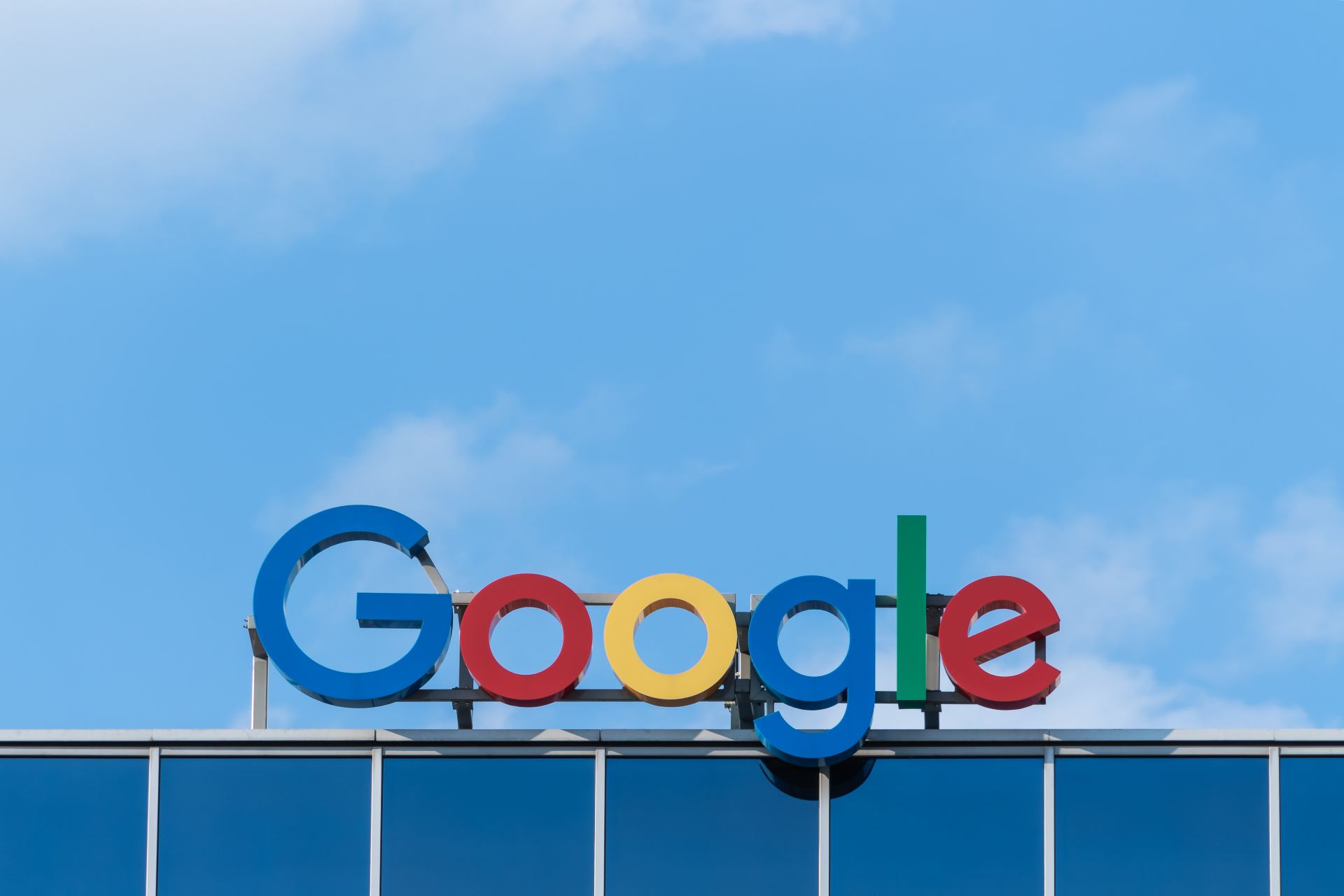How to avoid content red flags in Google’s spam update
Prevent red flags from derailing your content strategy. Learn what Google looks for in its Spam Update and keep your content safe.

Content marketers grapple with an intricate set of tasks, including raising brand awareness, guiding the customer journey, and maintaining consistent web traffic. The introduction of Google's October 2023 Spam Update has added another layer of complexity. This update necessitates cautious approaches to prevent content from being incorrectly flagged as spam, which could lead to a sudden traffic decline.
In October 2023, Google initiated an update aimed at various kinds of content deemed as spam. The algorithm now has enhanced capabilities for detecting thin, copied, misleading, or overly promotional material. These changes serve to improve the user experience but also set more rigorous standards for what qualifies as quality content.
For content marketers tasked with creation and distribution, adapting to these changes is not just crucial for search rankings but also for maintaining audience trust.
Four content strategies to be cautious of to avoid being flagged as spam
1. Promotional pages with multiple purchase links
According to Google's October 2023 Spam Update, content that is "thin, copied, misleading, and overly promotional" is under scrutiny. This includes material that leans heavily on affiliate marketing.
If your content is brief, repetitive, or focused excessively on monetization, it risks being flagged. Google tends to favor original material that offers a balanced approach to monetization and utility.
2. Product knowledge pages with minor modifications from other pages
The update also targets content that is "overly promotional." While it’s permissible to discuss your products or services, the primary aim should be to educate. For example, if your content is a software guide, it should genuinely assist the user rather than overtly push for a sale.
Even a product page copied verbatim from an original source could be flagged, even if the source is your own company. Adding unique value prominently within the new page is advisable.
3. Links that lack visibility or contextual clarity
Google's guidelines specifically caution against the use of "hidden text or links," which remain visible to search engines but are concealed from users. Within the realm of content marketing, this translates to exercising restraint when embedding hyperlinks in your text. Practices such as setting the font size or opacity to zero, masking a link by connecting only a single, minor character (for instance, a hyphen amidst a paragraph), or concealing text behind an image are frowned upon. It's crucial to make hyperlinks clearly discernible to avoid misleading or confusing your audience.
4. Articles overly focused on keyword density
While the October 2023 Spam Update doesn't expressly address the issue, Google has historically been averse to keyword stuffing. This involves saturating your content with keywords to an extent that it compromises the text's natural flow. Google's algorithms are sophisticated enough to identify and penalize such manipulative tactics.
How to keep content original and safe from being flagged as spam by Google
The core lesson from Google's latest Spam Update is straightforward: prioritize originality and transparency. Content should aim not just to attract traffic but to provide genuine utility. Replicating or scraping content from other sites is risky, given Google's advancing capabilities in spotting and penalizing such actions.
Update and monitor your content regularly
With the introduction of Google's new Spam Update, continuous vigilance is more critical than ever. Periodically review your existing articles and other forms of content to ensure they meet Google's evolving guidelines. Regular audits can help identify potential red flags, such as outdated SEO practices or overly promotional language, which could get your content demoted.
Importance of quality over quantity
While the urge to produce more content may be strong, especially for affiliate marketing strategies, it's imperative to focus on the quality of the content. Thin or affiliate-heavy content, identified by Google as problematic, can lead to your site being flagged. Instead, balance out promotional material with educational and valuable insights that resonate with your target audience.

Stay informed on Google’s policies
Google's algorithms are ever-changing, and continually designed to improve user experience. Content marketers must stay current with these updates to maintain visibility and avoid penalties. Subscribe to Google's official blog, join forums, or consult experts to keep abreast of the latest changes and adapt your content strategies accordingly.
Staying informed, focusing on quality, and regularly updating your content can go a long way in ensuring that your hard work isn't erroneously flagged as spam, leading to a sudden drop in site traffic. Adapt, evolve, and most importantly, always aim to provide real value to your readers.
By adhering to these principles, content marketers can navigate the complexities of Google's spam policies, ensuring their content remains both visible and valuable.
Content Collision provides B2B content marketing services and performance-based digital PR services for tech startups in APAC and beyond. Book a quick call with our team to learn more.



